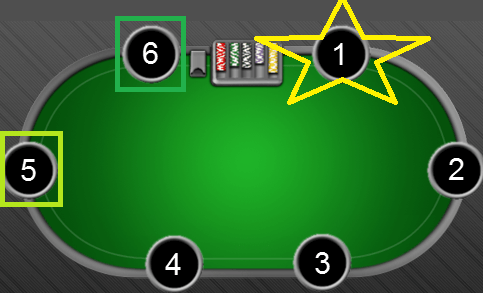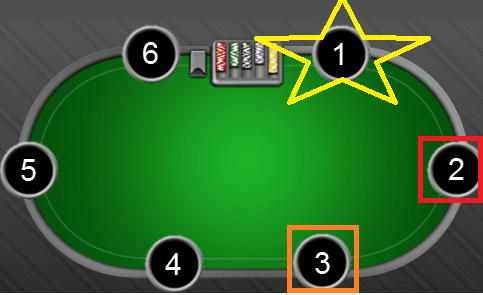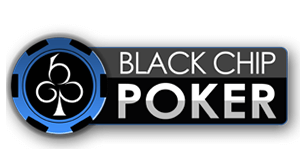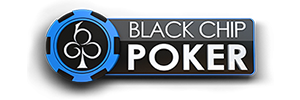Table Selection frequently makes the difference between being a rakeback grinder and a crusher.
I understand your desire to sit with the best players and crush them for stack after stack to prove that you’re the best. I’ve been there.
But if you want to play poker for a living, you must understand that your primary goal is to make money. And when you table select with the goal of maximizing your profits, you will inevitably sit with some regulars and still have the chance to prove yourself.
Before reading this guide, you should make sure you have a good understanding of position in poker.
Fundamentals of Table Selection
The fundamental principle of table selection is this:
Sit against the maximum number of bad players while simultaneously sitting against the minimum number of good players.
This means that you will want to pick tables that have a high number of fish, while avoiding the best players (those that give you the most trouble). There are several ways to do this – you can look at player VPIPs, take good notes on players at your limit, and learn to recognize the names of good regulars and weak fish.
Some people like to look at the Reached Flop % of a table. Tables where a higher % of players reach flops are often weaker since weak players have issues folding and see too many flops with poor hole cards.
Similarly, the Average Pot stat can be an indicator that a table is full of nits (small average pots due to folds) or weaker and aggressive players (higher average pots due to too many bluffs and calls).
A good way to identify fish before you’ve sat down is stack sizes. Fish generally buy in for less than full and do not reload their stacks as they lose pots.
Regulars know that they have an edge on the table, and they want to maximize it by always having as much money on the table as possible. So the two lessons here are to always top your stack up, and to recognize that players who don’t buy-in full or who don’t re-buy are more likely to be recreational players.
Table Selection based on Position
The important thing to understand is that you want to have position on as many fish as possible, while being out of position against as few tough regulars as possible.
The table above is a nearly ideal poker table. In seat one, you have position on two weaker (green tagged) players in seats 6 and 5. When you have position on a weak player, you will maximize your profits against them by seeing their actions before yours. You will be able to selectively enter pots with weaker players after watching the stronger players fold.
Similarly, the table above is a poor poker table. There are no green tagged fish (especially in your in position spots). Equally bad, you are out of position against two tough regulars tagged in red and orange.
Even if you have a fish in seat 5 or 6, the players in seats 2 and 3 can attack your open and put you in difficult multi-way spots out of position.
When a good, aggressive regular has position on you it will minimize your ability to make money. They can attack your opens, prevent you from isolating fish and minimize your value with your speculative and drawing hands.
Conclusion
Take good notes and learn to identify fish quickly. Sit at tables where you have position on fish, and aren’t out of position against tough regulars. Don’t let your ego go in the way – you’re playing poker to make money, so sit against the weakest players possible.
































